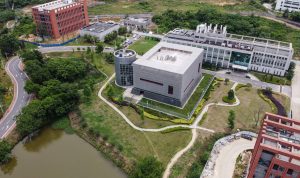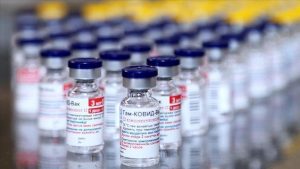The easing of COVID-19 restrictions has sparked a renewed interest in travel and tourism in Andaman and Nicobar Islands. With the possibility of exploring new destinations, people are eager to experience the beauty and excitement that these locations have to offer. In the Andaman and Nicobar Islands, there are several popular tourist destinations that have been closed for several years due to various reasons, including safety concerns.
However, as the world slowly returns to normal, people are calling for the reopening of these tourist sites, such as Wandoor, New Wandoor, and Jolly Buoy. These destinations have been an important source of employment and income for the local residents and small business owners, and their closure has had a significant impact on the local economy.
Swimming in the beaches of Wandoor and Jolly Buoy has also been a popular activity for visitors, and with appropriate safety measures in place, such as double netting to prevent crocodile attacks, these activities can once again be enjoyed. The reopening of these tourist sites will not only bring back life to the local economy but also provide a much-needed boost to the tourism industry, which has been severely impacted by the restrictions imposed due to the pandemic.
As the world continues to move forward, it is important for the Andaman and Nicobar Administration to consider the various requests and demands of the people. Reopening these tourist sites will bring new opportunities and excitement to the Andaman and Nicobar Islands, and it is time to take the necessary steps towards a brighter future.


